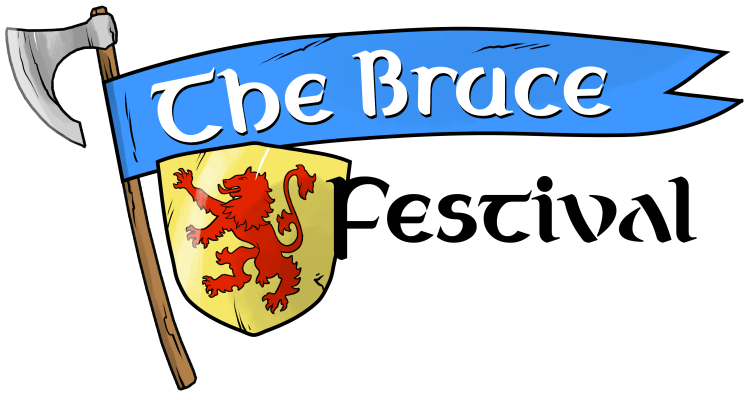
the Declaration of Arbroath
English Version
Scottish Version
The 1320 Scottish Declaration of Arbroath Explained…
The 1320 Scottish Declaration of Arbroath Explained: “For Freedom Alone” – #CelticHistory – In the fourteenth century, Scotland produced one of the most inspired political documents in medieval history. The fact that the Declaration of Arbroath was created during a historical period of darkness makes it all the more remarkable.
Addressed to Pope John XXII, the Declaration of Arbroath was a letter signed by over thirty nobles, barons and freeholders on behalf of the community of the realm of Scotland. The Declaration of Arbroath emphasized Scotland’s independence, the nobilities support for Robert the Bruce to be the King of Scotland and called on the Pope to help halt the attempted domination of Scotland by Edward II, King of England.
Originally written in Latin, the Declaration of Arbroath was produced during the First Scottish War of Independence, which had started with the English invasion of Scotland in 1296 and ended in 1328 with the Treaty of Edinburgh-Northampton – a treaty where the independence of the Kingdom of Scotland was recognised, yet this was reneged upon in 1332.
One of the most revolutionary aspects of the Declaration of Arbroath pertained to the perspective of the Scottish nobility towards Robert the Bruce. Even though they endorsed the legendary Scottish figure as the rightful King on one hand, they did so with a caveat that can be considered truly revolutionary in an age of the divine right of Kings.
Daring to even whisper what the writers pronounced in practically any other region of the world seven hundred years ago would have been met with persecution and the sword; yet for the writers of the Declaration of Arbroath, absolute freedom was far more valued than absolute monarchy. In other words, liberty was King.
